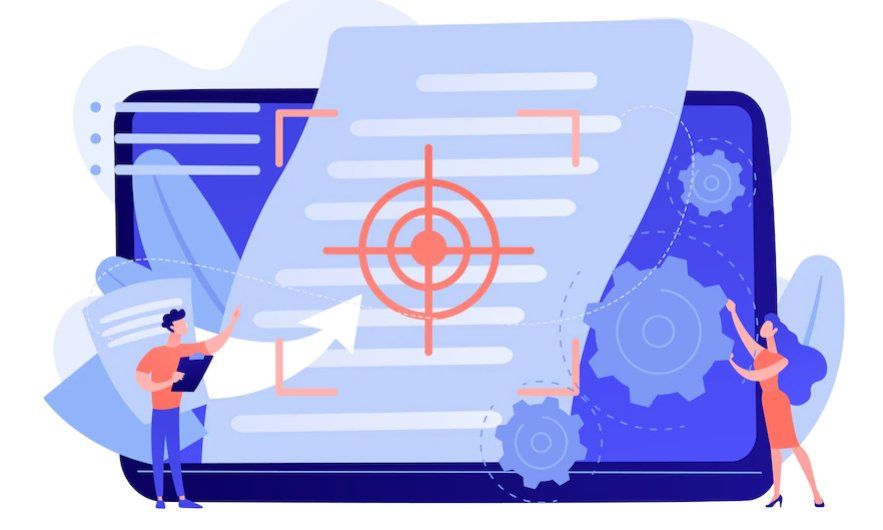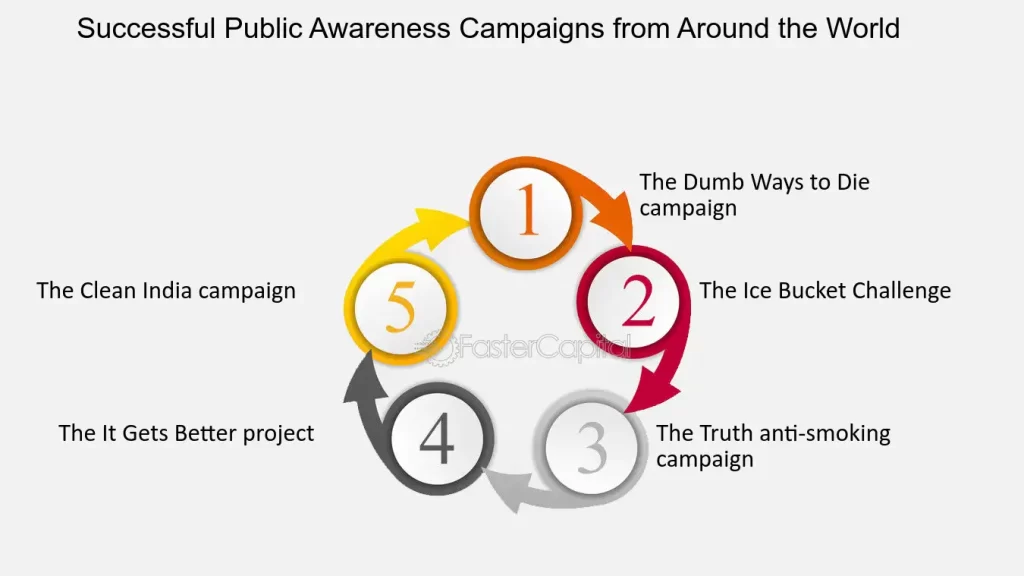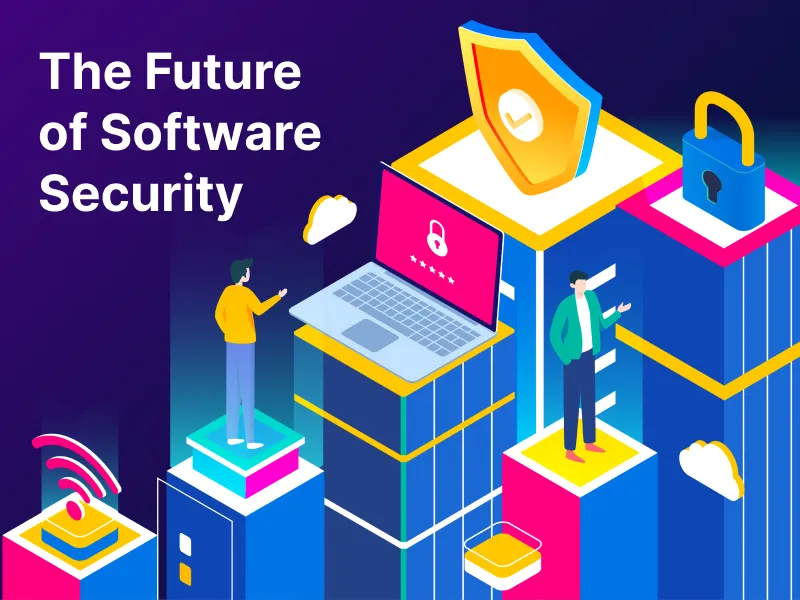AUTHOR : FUZZIE SK
DATE: 28/0/2024
High-Risk Software Downloads in India
In today’s digital age, software downloads have become an integral part of our lives. From productivity tools to entertainment apps, the demand for downloadable software is on the rise, especially in a tech-savvy country like India. However, amidst this surge, there’s a growing concern about high-risk software downloads that pose potential threats to users’ privacy, data security, and overall online safety.
Importance of Software Downloads
Software downloads play a crucial role in our daily lives. From mobile applications that streamline our tasks to sophisticated software used in various industries, these downloads facilitate efficiency and innovation. They contribute significantly to the growth of businesses, education, and personal productivity.
Malware and Viruses
One of the primary risks associated with software downloads is the infiltration of malware and viruses into users’ devices. Malicious actors often disguise harmful code within seemingly harmless software, aiming to exploit vulnerabilities and compromise sensitive information.
Privacy Concerns
Certain software may request excessive permissions, leading to potential privacy breaches. Users unknowingly expose personal data, creating opportunities for unauthorized access and misuse of information.
Legal Consequences
Downloading and using unauthorized or cracked software can have severe legal repercussions. Users may find themselves facing legal actions, including fines and penalties, for engaging in piracy or copyright infringement. High-Risk Software Downloads in India
Common High-Risk Software Types

Cracked Software
Downloading cracked versions of paid software may seem like a cost-saving measure, but it often comes with hidden risks. Cracked software[1] can contain malware, and users miss out on essential updates and support.
Freeware with Hidden Costs
While free software is attractive, some come with hidden costs. Users might unknowingly agree to share personal data, witness intrusive ads, or experience limitations that prompt in-app purchases.
Suspicious Third-Party Apps
Third-party app stores might offer tempting alternatives, but many of these apps lack the scrutiny applied to official platforms. Users risk downloading unverified and potentially harmful applications.
Security Measures for Safe Downloads
To mitigate the risks associated with software downloads, it’s crucial to adopt robust security measures: Download software only from reputable sources. Official websites, app stores, and verified platforms reduce the likelihood of encountering malicious software[2]. Regular scans help detect and remove potential threats before they can harm your device.
User Awareness
Educating Users on Potential Risks
Raising awareness about the risks of high-risk software downloads is vital. Educational campaigns can empower users to make informed decisions and adopt safe downloading practices.
Promoting Responsible Downloading Habits
Encouraging users to verify software authenticity,[3] read reviews, and be cautious of suspicious sources fosters responsible downloading habits.
Recent Cases in India
Several incidents in India highlight the severity of high-risk software downloads:
- In [year], a significant cyberattack targeted [organization], resulting in [consequences].
- [Legal Case] involved legal actions against individuals involved in distributing high-risk software.
In response to the rising threats, the Indian government has taken proactive measures: Stringent regulations and laws aim to curb cyber threats, holding individuals and organizations accountable for engaging in illegal software activities.

Public Awareness Campaigns
Government-led campaigns educate the public about the risks of high-risk software downloads, emphasizing the importance of cybersecurity.
How Companies Tackle the Issue
Leading tech companies implement robust security measures to protect users from high-risk downloads. This includes regular security audits, encryption protocols, and user education.
Best Practices for Software Developers
Implementing secure coding practices and providing transparent information about their applications contribute to a safer online environment.
Impact on Businesses
The consequences of high-risk software[4] downloads extend beyond individual users:
- Businesses may suffer financial losses due to data breaches and cyberattacks.
- Reputation damage can have long-lasting effects on the trust customers place in a company.
User Testimonials
Real-life experiences shed light on the risks associated[5] with high-risk software downloads:
- [User 1] shares how a seemingly innocent download led to a malware infection.
- [User 2] narrates the legal consequences they faced after using cracked software.

The Future of Software Security in India
As technology evolves, so do security measures. The future holds promising developments:
- Integration of advanced technologies like artificial intelligence for real-time threat detection.
- Collaborative efforts between governments, industries, and cybersecurity experts to create a secure digital landscape.
Conclusion
In navigating the digital landscape of software downloads in India, awareness and caution are paramount. While the convenience of downloads enhances our lives, the risks should not be underestimated. Adopting secure practices, staying informed, and supporting initiatives for a safer online environment collectively contribute to a resilient and secure digital future.
FAQs
- What are the common signs of high-risk software?
- Signs include unverified publishers, suspicious download sources, system slowdowns, crashes, and unauthorized data access.
- How can individuals protect themselves from malicious downloads?
- Utilize reputable antivirus tools, verify software authenticity, and adopt secure downloading practices.
- Are all free software downloads considered high-risk?
- Not necessarily, but caution is advised. Verify sources and check reviews before downloading.
- What role does user education play in cybersecurity?
- User education is crucial in raising awareness and promoting responsible software practices.
- How can the government enforce regulations against malicious software?
- Governments can impose strict regulations and legal consequences, creating deterrents for malicious software distribution.

